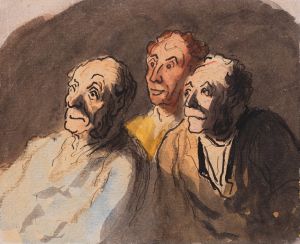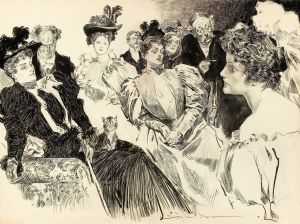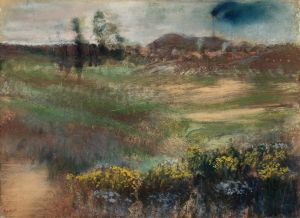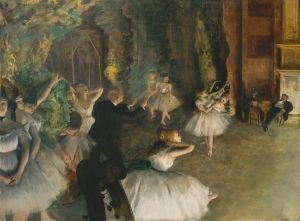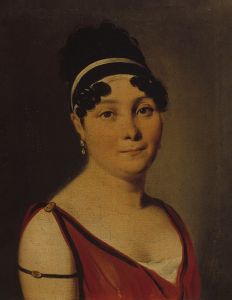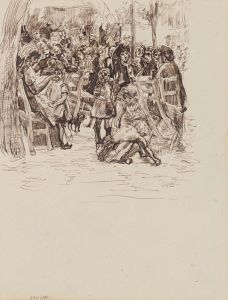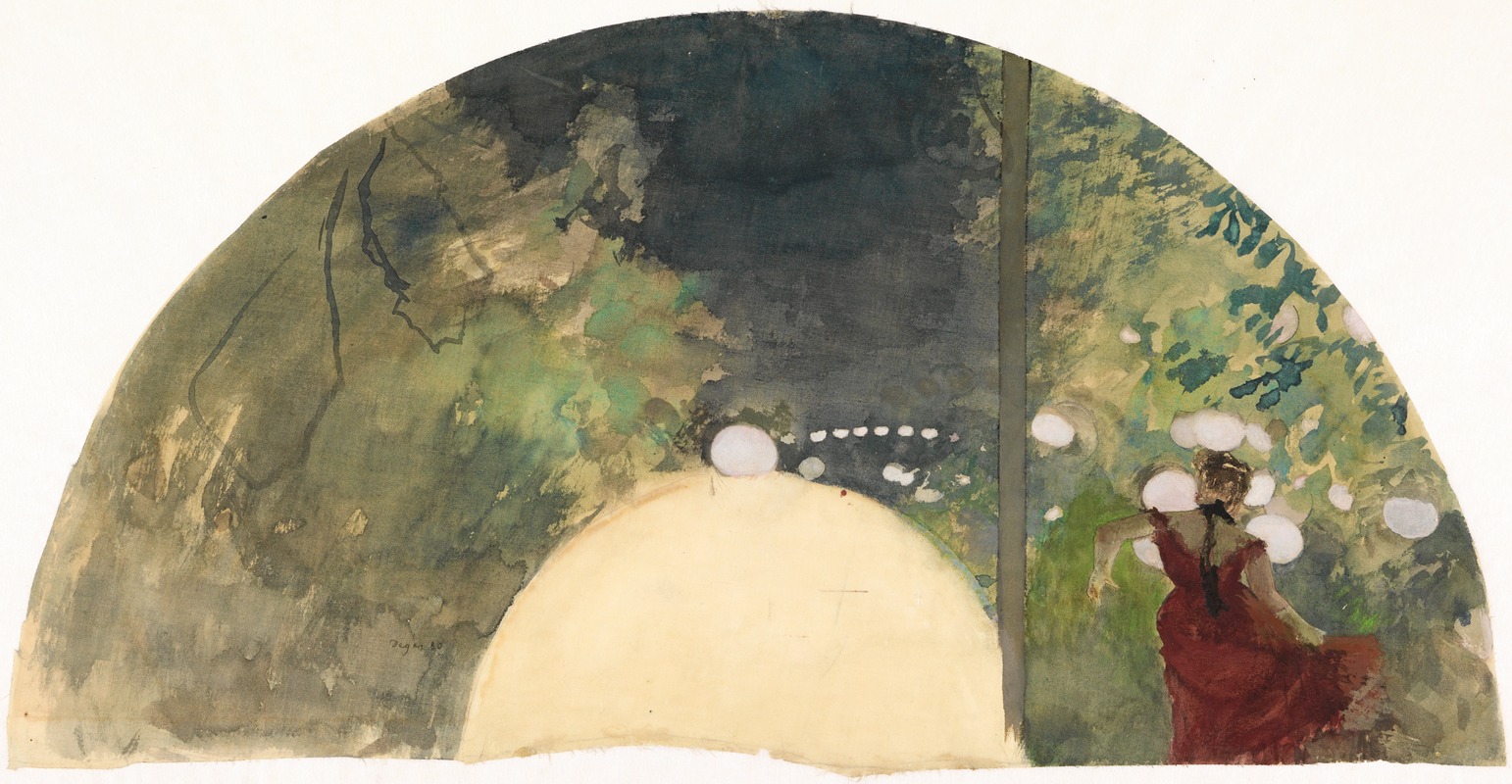
Singer in a Parisian garden café
A hand-painted replica of Edgar Degas’s masterpiece Singer in a Parisian garden café, meticulously crafted by professional artists to capture the true essence of the original. Each piece is created with museum-quality canvas and rare mineral pigments, carefully painted by experienced artists with delicate brushstrokes and rich, layered colors to perfectly recreate the texture of the original artwork. Unlike machine-printed reproductions, this hand-painted version brings the painting to life, infused with the artist’s emotions and skill in every stroke. Whether for personal collection or home decoration, it instantly elevates the artistic atmosphere of any space.
Edgar Degas, a prominent French artist associated with the Impressionist movement, is renowned for his depictions of modern life in 19th-century Paris. One of his lesser-known works, Singer in a Parisian Garden Café, reflects his fascination with urban scenes and the performing arts. This painting, created in the late 19th century, captures a moment of performance in a lively Parisian café, a popular social setting during the period.
The artwork portrays a female singer performing in an outdoor café, surrounded by the ambiance of a garden setting. Degas’s use of light and color emphasizes the vibrancy of the scene, while his characteristic attention to detail brings the figure of the singer to life. The composition suggests a sense of immediacy, as if the viewer is present in the audience, observing the performance. The singer is depicted mid-action, her posture and expression conveying the energy and emotion of her performance.
Degas’s interest in capturing fleeting moments of modern life is evident in this work. Like many of his paintings, Singer in a Parisian Garden Café demonstrates his skill in portraying human figures in dynamic poses. The painting also reflects his broader interest in the performing arts, a recurring theme in his oeuvre, which includes numerous depictions of ballet dancers, opera singers, and musicians.
The café-concert, a form of entertainment that combined music, singing, and socializing, was a popular cultural phenomenon in Paris during Degas’s time. These venues provided a space for people from various social classes to gather and enjoy performances. Degas’s choice of subject matter reflects his engagement with the contemporary culture of his era and his desire to document the everyday experiences of Parisians.
While Degas is often associated with the Impressionist movement, his style in Singer in a Parisian Garden Café demonstrates his unique approach to art. Unlike many of his contemporaries, Degas frequently worked indoors and relied on sketches and memory to create his compositions. His use of bold lines and carefully constructed forms in this painting highlights his interest in structure and design, setting him apart from other Impressionists who focused more on capturing the effects of light and atmosphere.
The exact date of the painting’s creation is not definitively known, but it is generally attributed to the late 19th century, a period when Degas was actively exploring themes of modernity and performance. The medium used is likely pastel, a favorite of Degas in his later years, though specific details about the materials and dimensions of the work are not widely documented.
Today, Singer in a Parisian Garden Café is recognized as an example of Degas’s ability to blend observation with artistic interpretation, offering a glimpse into the vibrant cultural life of 19th-century Paris. The painting is held in a private collection, and its limited public exposure has contributed to its relative obscurity compared to Degas’s more famous works. Nevertheless, it remains an important piece within his body of work, showcasing his mastery in capturing the essence of modern life.





